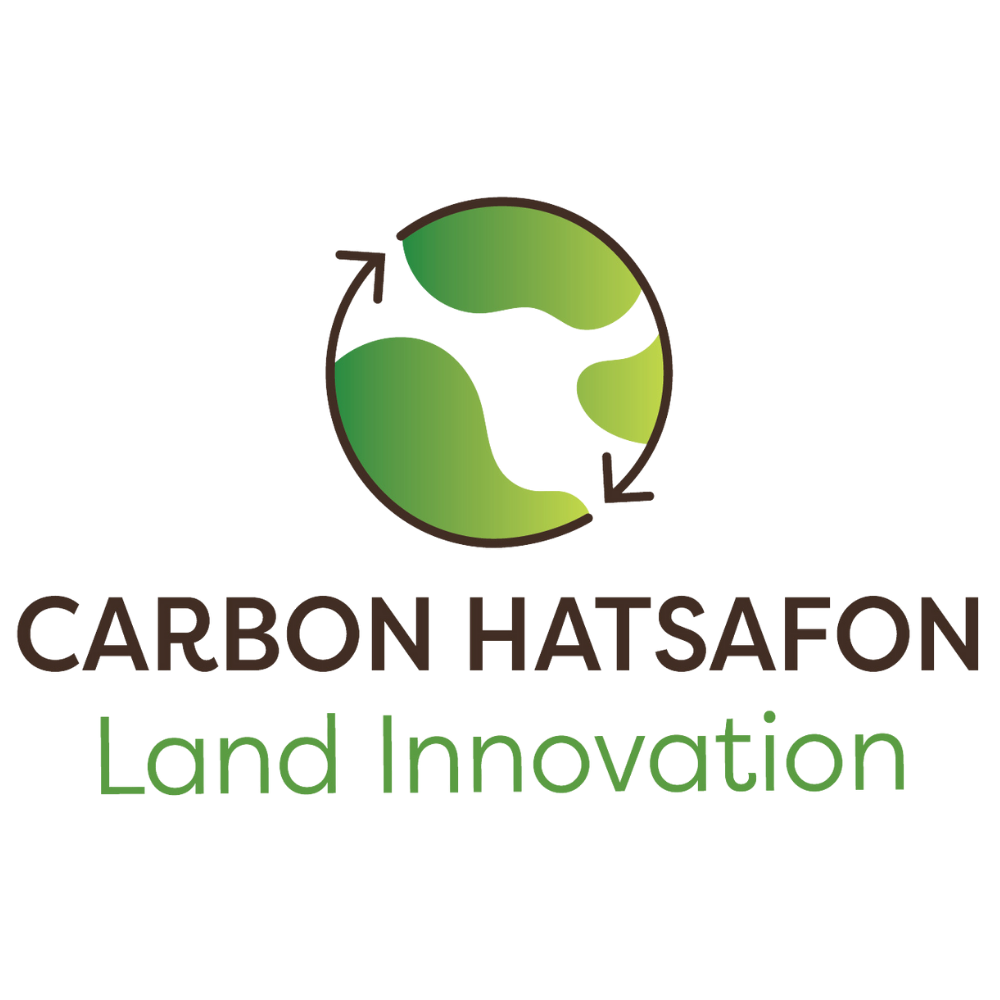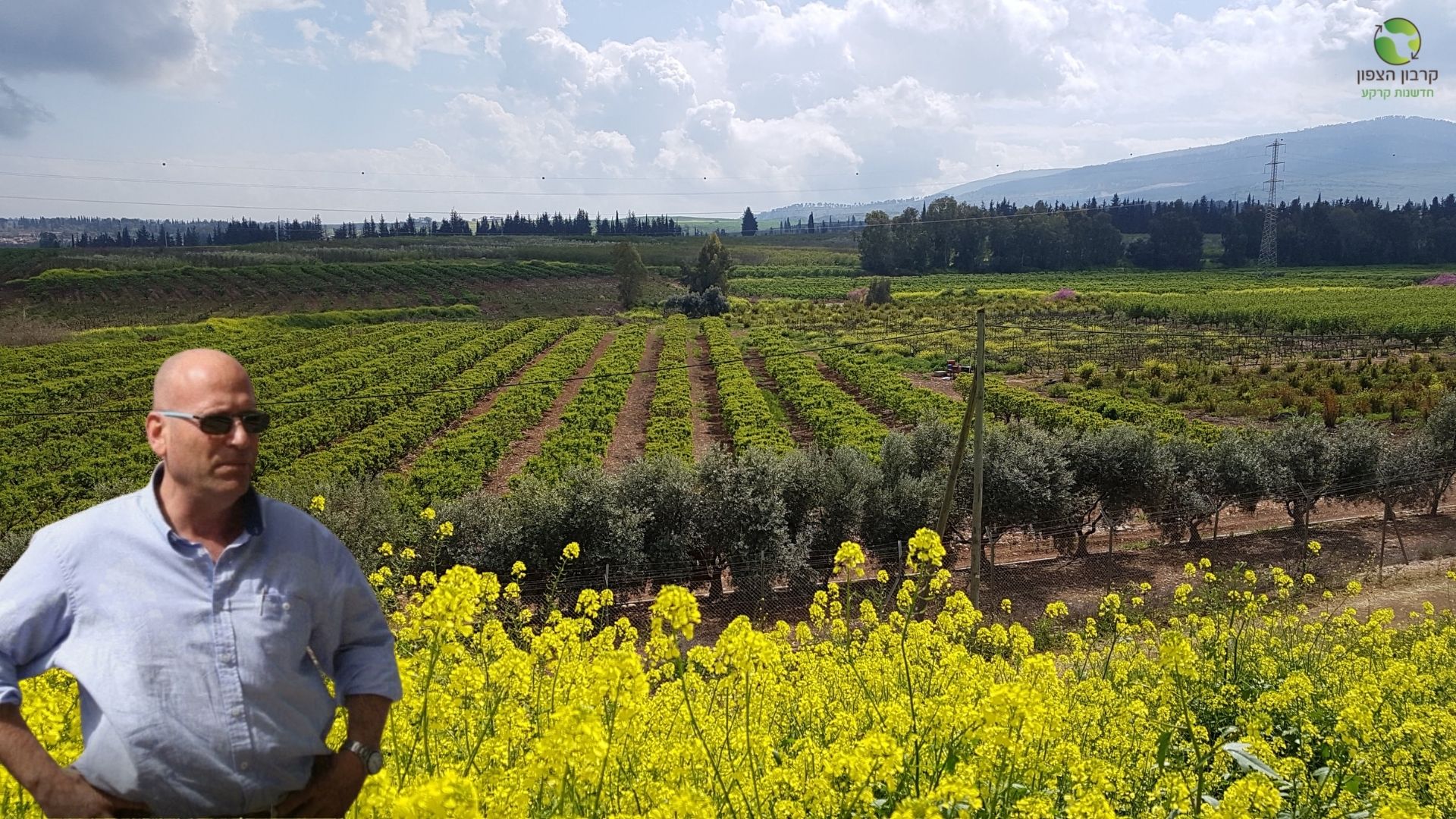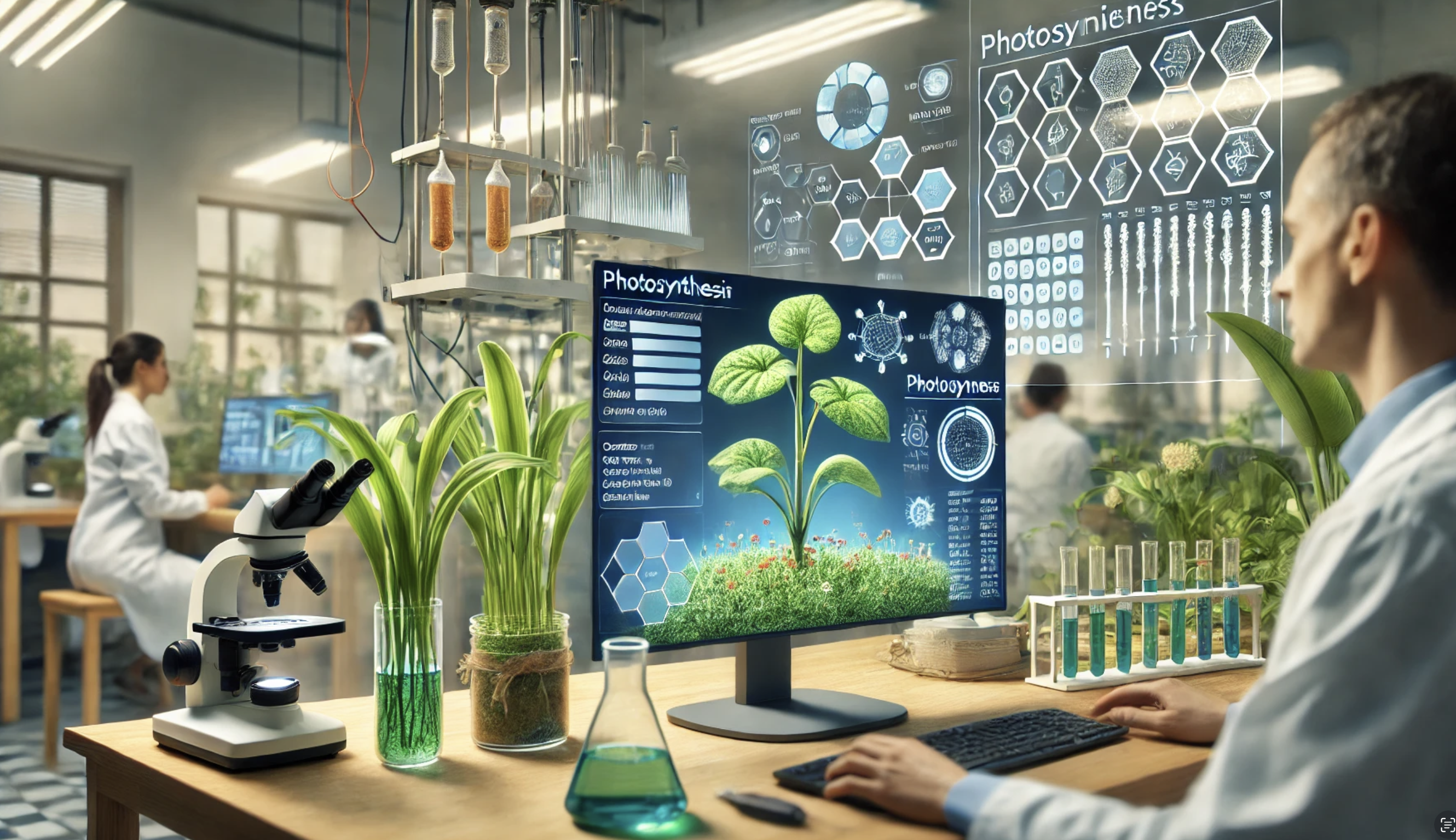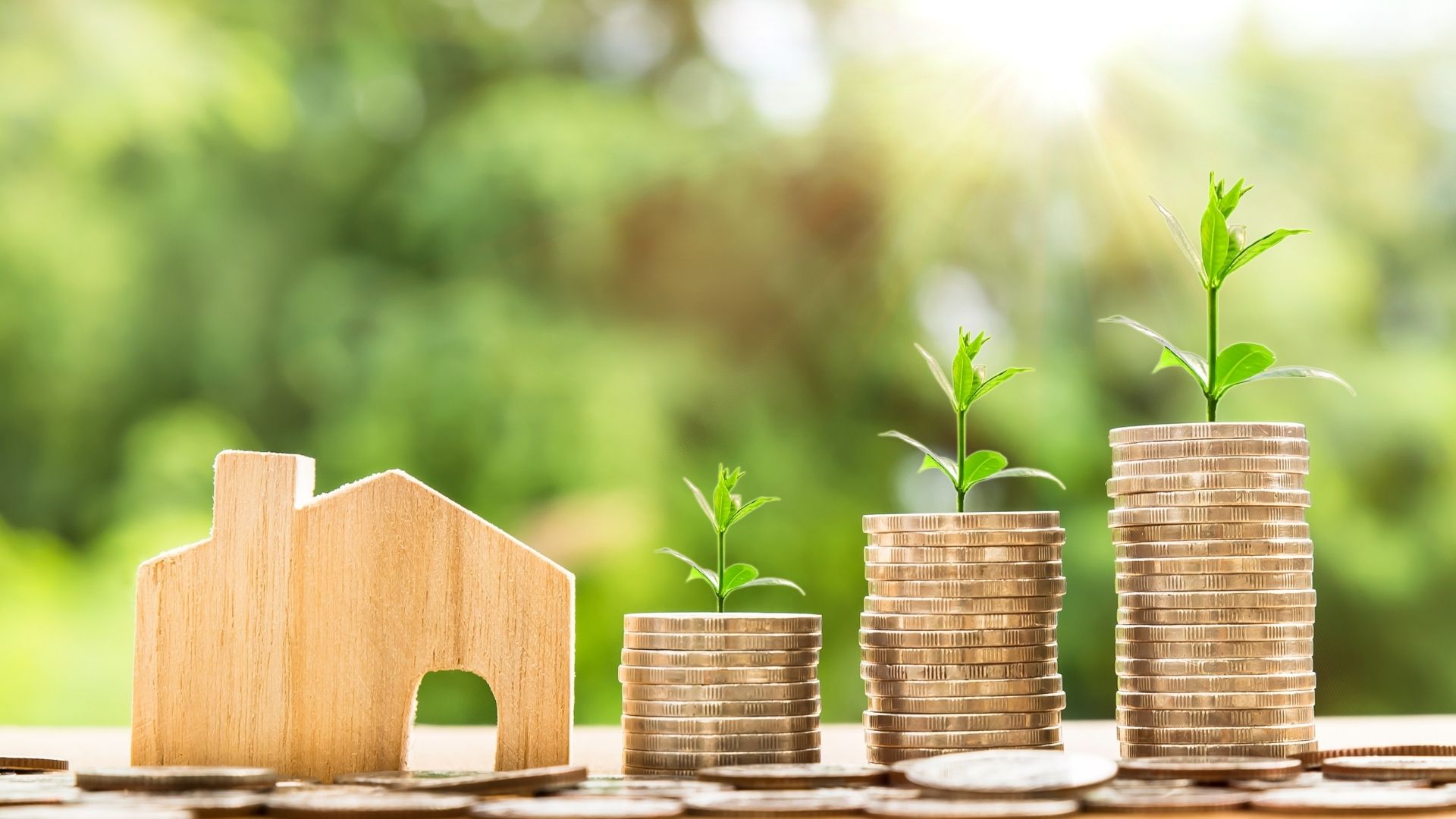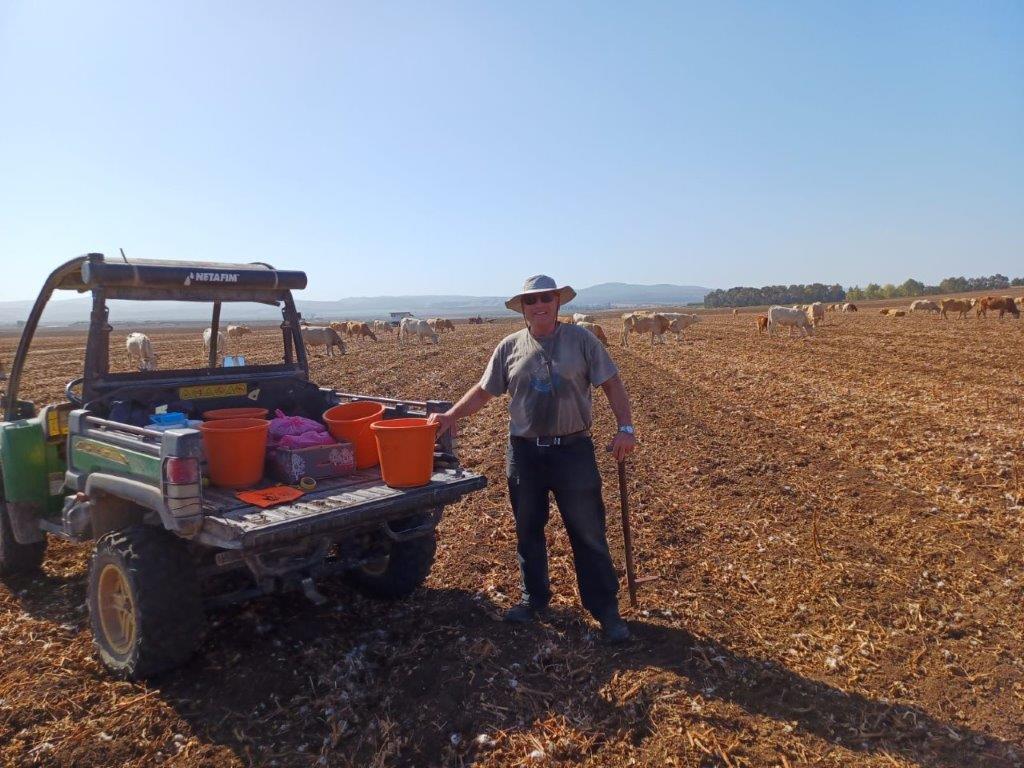What is “Carbon”?
“Carbon. The sixth element in the periodic table. One of the most important natural elements. It is found anywhere where there is biological life – in plants, animals, oceans, and the soil itself. There is no life without carbon. The plant is actually an engine for “Carbon” production using photosynthesis. Plants are some of the best means to remove excess greenhouse gases. Using sunlight, the plant absorbs Carbon Dioxide from the air and turns it into energy, into sugar, among other things. For every sugar molecule produced, six molecules of carbon dioxide are removed from the atmosphere.”
How did you wind up here?
“I am a grandson of farmers. I was born in a kibbutz. As a teenager, I was already engaged in farming. As an adult, I managed agricultural organizations and engaged in consultation and project establishment. In the last few years, I’ve figured out that we have to change our attitude, look at the soil from a different perspective, and engage in agriculture that brings nature closer, agriculture that sees the soil and the plant as a single system, alive in the full sense of biological life. A system that produces a positive result in the qualitative and the financial aspects.
“I am a partner in business activity that promotes projects in these fields in Colombia, and I’ve seen that there is potential to bring the knowledge we have accrued abroad to Israel as well. The idea is built on the fact that the carbon cycle has gone haywire. Due to urban development, modern industry, and technology, the carbon emissions into the atmosphere are greater than the carbon reserves in the soil and oceans. The natural resources on Earth are being depleted. There are phenomena of desertification and glacier melting. To regulate climate change, the emission level must be reduced. An opportunity has arisen: to help reduce emissions using carbon sequestration and offset the sequestration with the emissions. The agricultural sector, which is in an ongoing crisis, can turn this crisis into an opportunity. In fact, there is no other field in the world where it is possible, with the right and appropriate management, to make a change with such great potential.”
Why does Carbon HaTsafon exist?
“Carbon HaTsafon came along to offer farmers a value proposal: Take a new crop. A crop that doesn’t require harvesting and transporting. That has a high financial value as well as a high environmental value. Suddenly we have “merchandise” that has financial value, but only if it is in your warehouse!”.
What do you actually do?
“We create connections. Between farmers and information sources (how to manage the land, the project), bring great natural inputs for growing, and at the end of the chain, connect the farmers to the carbon markets by creating offsets for countries, private companies, and organizations seeking to purchase those offsets.”
How can the offset be measured?
“The principle is as simple as a checking account in the bank. There are transactions, and there are balances. The transactions are receipts and payments, and the balances are a snapshot of the state at a certain timepoint. Same with the carbon: We take an area or project. We take a “state snapshot” in terms of carbon. This is the starting balance. The actions we do in the course of the project are measured using various parameters. We actually create a flow of carbon. Additionality aspect. At the end of the predefined period – we take another state snapshot. This is the closing balance. The difference between the closing and opening balances is the metric for the carbon change we have achieved.”
If it is so simple, why is it not really widespread?
“That truth is that the current measurement methods are not really standardized. Many bodies in the world – countries, companies, organizations, and private entrepreneurs – are trying to develop uniform and clear measurement methods which are easy to implement and affordable that will be accepted by the emerging market, which is actually only in its infancy. We know that there are currently more than 60 different pricing solutions. There is an insurance issue. A forestation project can go up in flames, for example. A market is built on trust and knowledge, which is not extensive enough. The buyer must trust the seller and make sure that the certificate they purchased does indeed represent an existing property, whose real value is equal to or higher than the price of the certificate.”
So, what is your uniqueness or advantage?
“First, we have experience accrued through projects we have developed and operate in Colombia. Second, we are well acquainted with farmers and farmer organizations in the Golan, the Jordan, and the Spring Valley in the east, through Jezreel Valley and the Granot area, and the Carmel Coast in the west. Third, we are a startup by all means. Lots of research and development. Trial and error. I wish we had more competitors in Israel. The only chance to succeed in this market is through cooperation. I will be grateful for anybody who joins us.”
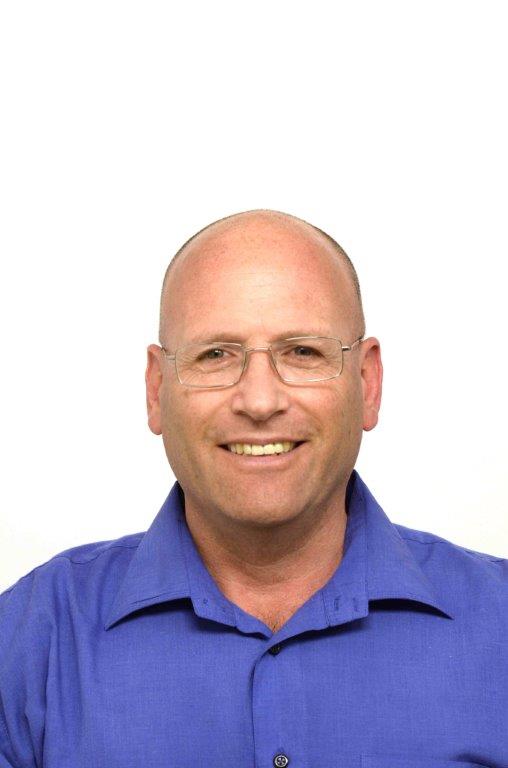
What do offer farmers who are interested in this subject?
“We respond to anyone who contacts us. We start with a meeting where we discuss the various practical possibilities. We emphasize the practical, financial, and consequential measurable aspects. We create a project that includes all aspects: choosing the area and its characterization, development of action and recording methods, drawing up contracts, marketing, certificate issue, and more.”
Assa Geyari, Land Innovation, Carbon, Carbon HaTsafon, Carbon HaTsafon Land Innovation.

